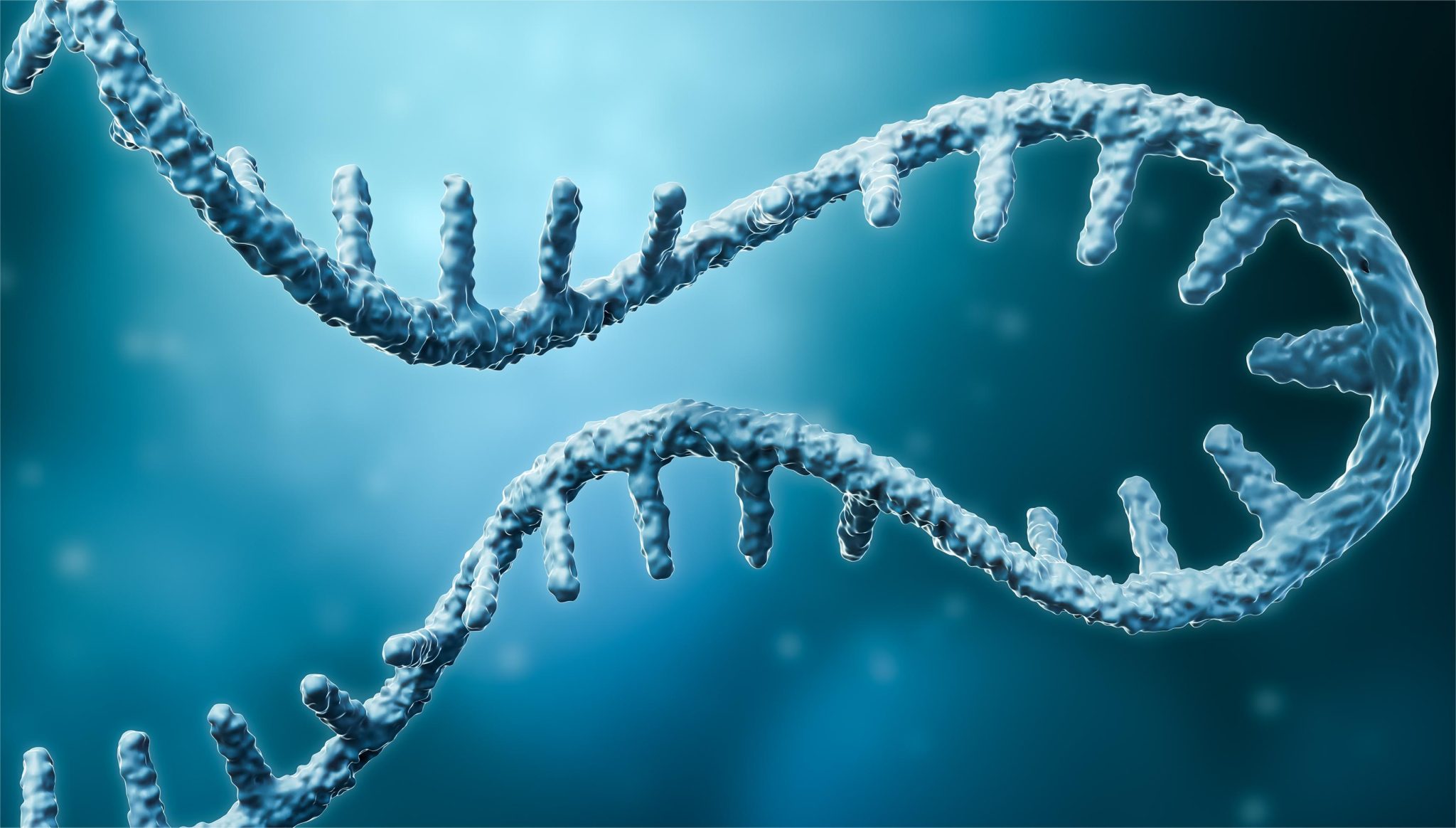
26
MarchRNA-targeted Gene Therapy
In recent years, various nucleic acid-based therapies (NBT) have emerged as effective and specific activators of endogenous gene expression. Unlike gene therapy approaches supplementing gene expression, RNA-targeted therapy enhances protein production by selectively modulating cellular mechanisms mediated by endogenous RNA, such as transcription, splicing, translation, mRNA stability, and subcellular localization.
Currently, the US Food and Drug Administration (FDA) and the European Medicines Agency have approved several therapies targeting splicing mechanisms to regulate mutations in exons. These methods can increase the expression of coding and non-coding genes specifically and controllably, reducing development and manufacturing costs and thus expanding the range of treatable diseases. Based on the demonstrated therapeutic potential and significant unmet medical needs, NBT is poised for rapid advancement in the future.
Biological Upregulation of Protein Expression
The upregulation of therapeutic proteins can be achieved by modulating any stage of the biological processes involved in protein production within cells, including transcription, splicing, translation, or post-translational modifications. Since many of these processes involve DNA or mRNA and are regulated by ncRNA networks, they are particularly amenable to modulation by NBT.
Transcriptional activation is the most extensively studied method for increasing protein expression abundance. Distal enhancer elements recruit transcription factors, chromatin modifiers, mediator complexes, and RNA polymerase II (Pol II) to the active gene promoter through physical interactions with chromatin loops, resulting in transcriptional activation. Bidirectional transcription from the promoter region and enhancers produces non-coding promoter RNA (pRNA) and enhancer RNA (eRNA), respectively. Natural antisense transcripts (NATs) originating from protein-coding loci, antisense long non-coding RNAs (lncRNAs), pRNAs, and eRNAs transcribed from the opposite strand contribute to epigenetic modifications and transcriptional regulation of target genes.
A key feature of NATs is their ability to specifically regulate the transcription, RNA processing, and translation of their sense genes in a cis- or trans-acting manner. Additionally, NATs have various regulatory functions, including sequestering miRNAs and pairing with mRNAs to enhance their stability. However, most of them act to inhibit the expression of their target genes through coordinated suppressive factors. Therefore, targeting NATs with antisense oligonucleotides (ASOs) can lead to derepression of sense genes and increased protein expression.
Furthermore, naturally occurring modified nucleotides, such as N6-methyladenosine, 5-methylcytosine, N1-methyladenosine, pseudouridine, and 2’-O-methylation of riboses, occur during the transcription of mRNA and lncRNA. Modulating these modifications through NBTs can influence transcription and protein expression. Translation efficiency may also be influenced by mRNA structural features, and using NBTs to disrupt or enhance the activity of these structures may lead to upregulation of therapeutic protein expression.
